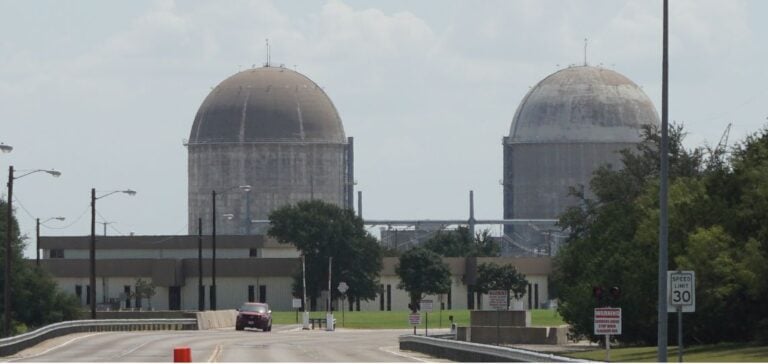The U.S. Nuclear Regulatory Commission (NRC) today extended the licenses for the Comanche Peak reactors, units 1 and 2, for a further 20 years.
These reactors, located in Texas, began operation in 1990 for unit 1 and in 1993 for unit 2.
The renewal granted marks the first extension of these licenses, enabling the reactors to continue operating until February 2050 for unit 1 and February 2053 for unit 2.
The extension application was submitted by Vistra Corp.
to the NRC in 2022.
After a rigorous review, the NRC issued a safety assessment report in March this year, followed by a supplementary environmental impact statement in April.
These documents conclude that the renewal of the licenses poses no major environmental problems, allowing the reactors to continue operating.
Regulatory and historical background
Under the Atomic Energy Act, the NRC is authorized to license commercial nuclear reactors for a maximum initial term of 40 years.
This time frame is based on economic and antitrust considerations, rather than technological limitations of the reactors.
Licenses can be renewed for a further 20 years, for a total possible operating life of 60 years.
The license renewal for Comanche Peak is part of a broader trend in the USA, where almost all operating nuclear reactors have already renewed or applied to renew their licenses for up to 60 years.
In addition to Comanche Peak, Vistra has already obtained extensions for its other nuclear power plants, Beaver Valley and Davis-Besse, and has filed a similar application for the Perry plant in 2023.
Other applications in progress include those for Exelon’s Clinton plant and Pacific Gas & Electric’s Diablo Canyon plant.
Economic impact and local benefits
Comanche Peak is located approximately 64 km southwest of Fort Worth, Texas.
The extended operation of the plant is significant for the local economy.
The facility employs over 600 people, with additional support from over 200 permanent contractors, and uses between 800 and 1200 additional contractors during reloading periods.
In addition, the plant contributes over 30 million USD per year in local and state taxes.
Jim Burke, President and CEO of Vistra, notes that the growing demand for electricity makes reliable power sources, such as Comanche Peak, essential.
He points out that this growing demand comes as the country transitions to cleaner energy sources and many fossil-fuel plants come off the grid.
Extending the operating life of nuclear reactors like Comanche Peak thus supports not only energy stability, but also regional economic development.
Future prospects for the sector
NRC’s decision to extend the Comanche Peak licenses is part of a broader strategy to ensure grid stability while supporting the energy transition.
By guaranteeing the continued operation of these reactors, the NRC is responding to increased demand for electricity, while contributing to the sustainability of existing energy infrastructures.
The extension of the Comanche Peak licenses also underscores the continued importance of nuclear power plants in the US energy mix.
As renewable energies become increasingly important, nuclear facilities like Comanche Peak play a crucial role in maintaining the stability of the national power grid.





















